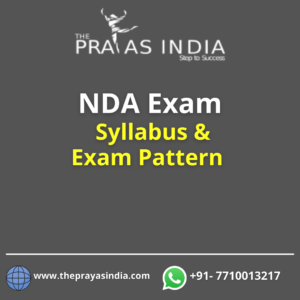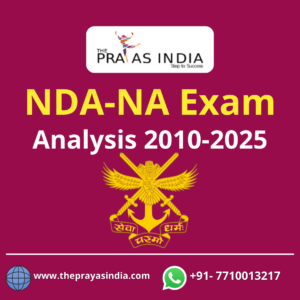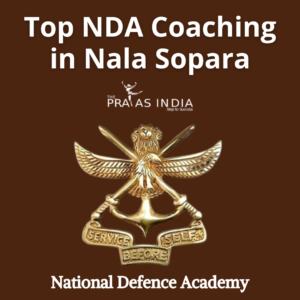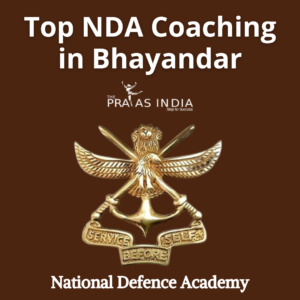NDA Exam Pattern and Syllabus 2025
The National Defence Academy (NDA) examination is a crucial step for candidates aspiring to join India’s armed forces. Understanding the updated exam pattern and syllabus for 2025 is essential for effective preparation.
Exam Pattern
The NDA 2025 examination consists of two primary papers:
| Paper | Subject | Duration | Maximum Marks | Number of Questions | Marks per Correct Answer | Negative Marking |
|---|---|---|---|---|---|---|
| Paper 1 | Mathematics | 2 Hours 30 Minutes | 300 | 120 | +2.5 | -0.83 |
| Paper 2 | General Ability Test (GAT) | 2 Hours 30 Minutes | 600 | 150 | +4 | -1.33 |
Syllabus
Mathematics
| Topics | Subtopics |
|---|---|
| Algebra | Sets, Venn diagrams, complex numbers, quadratic equations, inequalities |
| Matrices & Determinants | Types, operations, properties |
| Trigonometry | Ratios, identities, equations |
| Analytical Geometry | Lines, circles, conic sections (2D & 3D) |
| Calculus | Limits, continuity, differentiation, integration, differential equations |
| Vector Algebra | Scalars, vectors, dot & cross products |
| Statistics & Probability | Mean, median, mode, probability theorems |
General Ability Test (GAT)
| Section | Topics Covered |
|---|---|
| English | Grammar, vocabulary, comprehension, sentence structure |
| Physics | Laws of motion, heat, electricity, magnetism, optics |
| Chemistry | Elements, compounds, acids & bases, chemical reactions |
| General Science | Human body, nutrition, common diseases, ecology |
| History | Indian history, freedom movement, world history highlights |
| Geography | Earth’s structure, climate, maps, important landmarks |
| Current Affairs | National & international events, sports, awards, defense news |
Marking Scheme
| Paper | Correct Answer | Incorrect Answer |
|---|---|---|
| Mathematics | +2.5 marks | -0.83 marks |
| GAT | +4 marks | -1.33 marks |
Preparation Tips
- Understand the Syllabus: Review topics thoroughly and focus on weak areas.
- Practice Regularly: Solve previous years’ question papers and take mock tests.
- Stay Updated: Keep track of current affairs via newspapers and online sources.
- Time Management: Plan a study schedule with dedicated time for each subject.
- Seek Guidance: Join coaching classes or study groups for better understanding.
For authoritative information and updates, refer to the official UPSC website: upsc.gov.in





